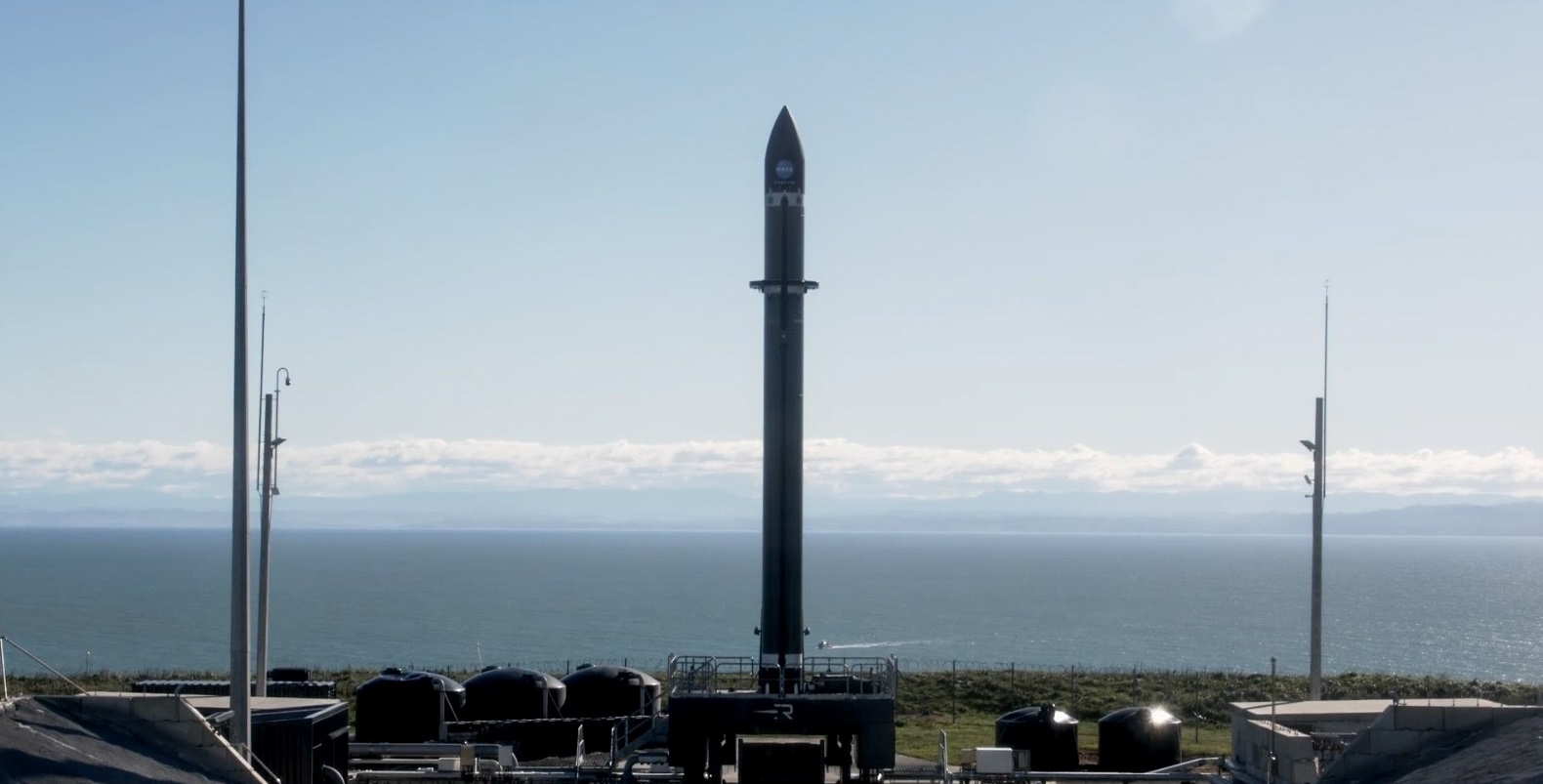
Launch day is here for the first of two launches of NASA’s PREFIRE (Polar Radiant Energy in the Far-InfraRed Experiment) mission. Rocket Lab of Long Beach, California, is providing the launch service.
A small satellite – a CubeSat, about the size of a shoebox – waits on Rocket Lab’s Electron rocket for liftoff from Launch Complex-1 in Māhia, New Zealand. Launch is targeted for 7:28 p.m. NZST Saturday, May 25 (3:28 a.m. EDT). Back-up opportunities are available throughout May and into June should the launch date need to be updated for any reason.
The mission will send two CubeSats to asynchronous, near-polar orbits, and help to close a gap in our understanding of how much of Earth’s heat is lost to space from the Arctic and Antarctica. Analysis of PREFIRE measurements will inform climate and ice models, providing better projections of how a warming world will affect sea ice loss, ice sheet melt, and sea level rise.
The first CubeSat launch, which Rocket Lab named “Ready, Aim, PREFIRE,” will be followed by the second CubeSat launch, named “PREFIRE and Ice,” scheduled to lift off in the coming weeks from New Zealand on an Electron rocket.
NASA’s Launch Services Program selected Rocket Lab to launch the mission as part of the agency’s VADR (Venture-class Acquisition of Dedicated and Rideshare) contract. Missions launched through VADR help foster growth in the commercial launch market while lowering the cost of access to space for science and technology research.
Follow launch updates on NASA’s small satellite missions blog and stay connected with the mission on social media.
X: @NASA_LSP, @NASAEarth, @NASAKennedy, @NASA, @RocketLab, @NASAJPL
Facebook: NASA, NASA LSP, @NASAJPL, RocketLabUSA
Instagram: @NASA, @NASAEarth, @NASAJPL, @RocketLabUSA

